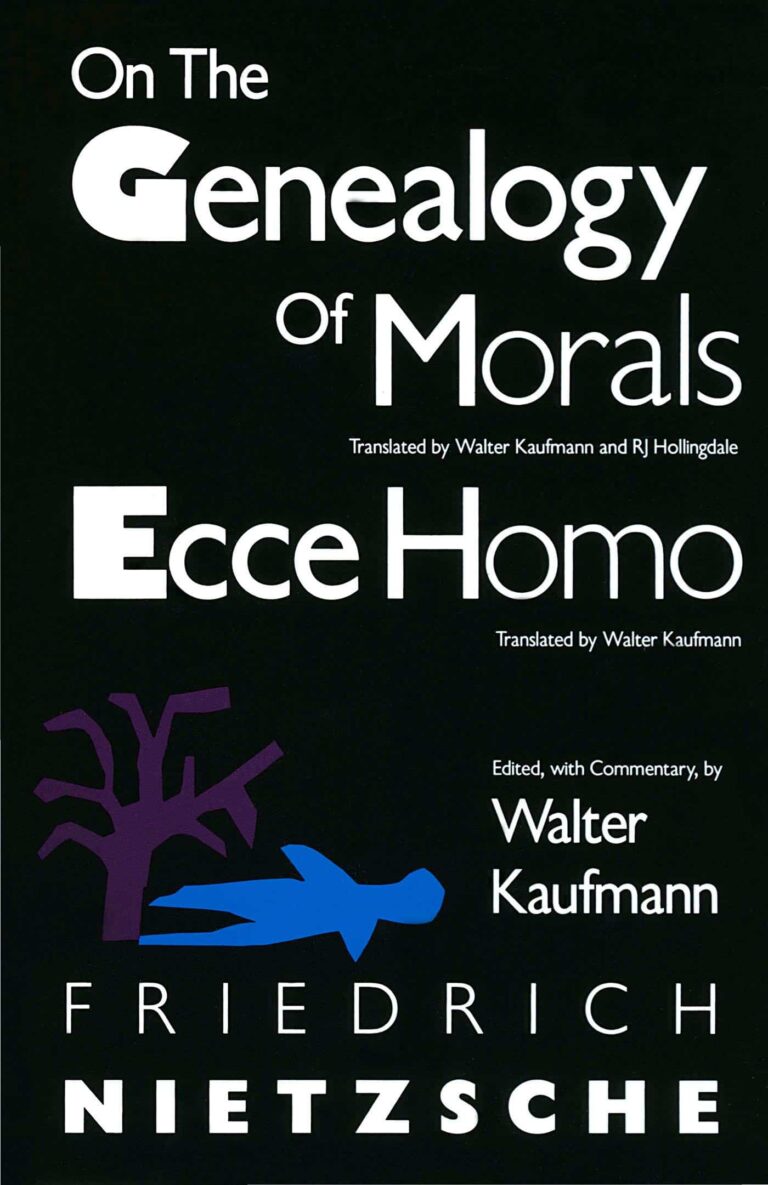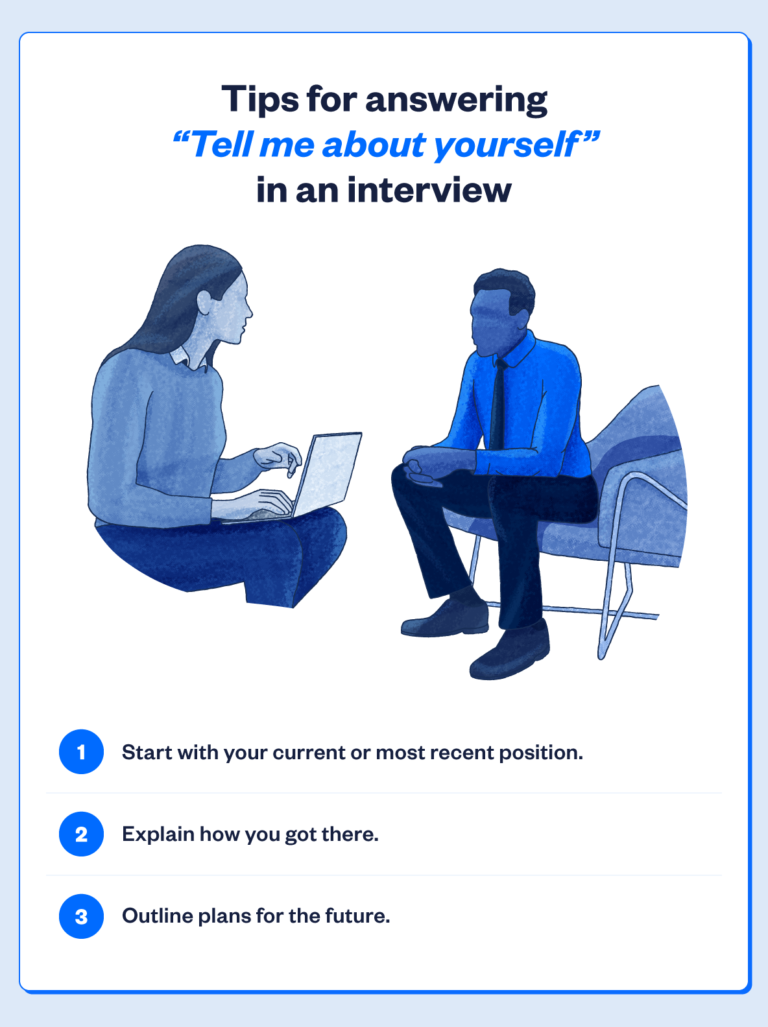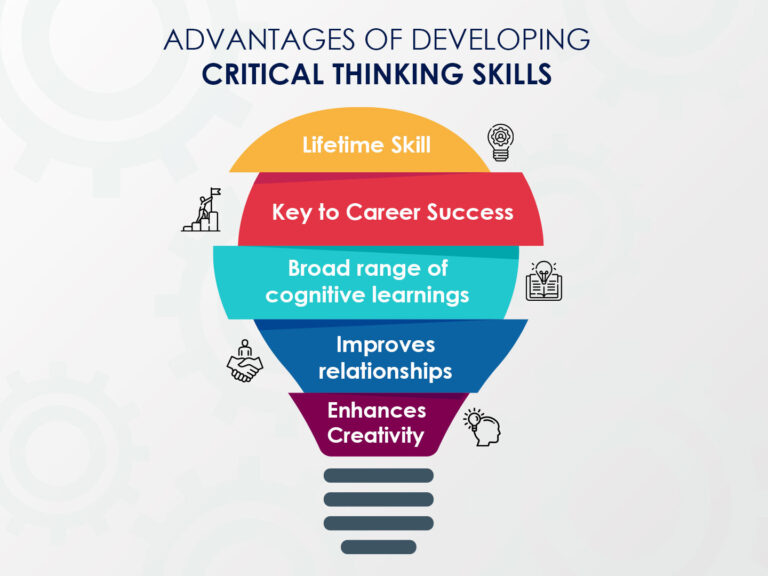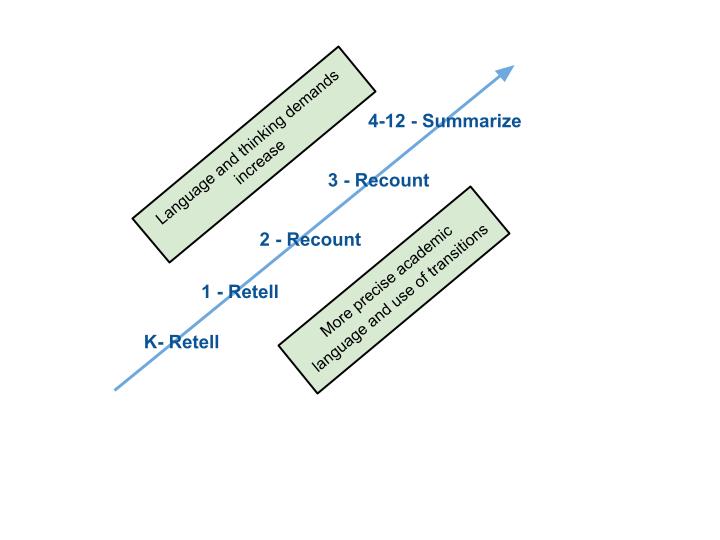
Good summaries, like well-organized reports, need the right questions. They help you grasp the important points and not get lost in details. These questions are different in their function.
General Questions
General questions offer a wide view, a broad outline. What is the core idea? They paint a picture of the big subject. This approach can give a general perspective of the article topic quickly. A general survey may quickly highlight a common thread in various perspectives on the topic, helping the user rapidly grasp main points from an overview. For example:
- What is the overall purpose of the article?
- What is the central theme of the discussion?
- In what key aspects does the writer look to define the topic, from a broad perspective?
Specific questions will dig deeper for certain important sections, however general ones focus on the broadest picture of a theme or a topic’s general subject.
Specific Questions

Source: researchgate.net
These drill down into specifics. “Who, what, when, where, why, and how” are powerful.
They identify who’s involved, pinpoint actions, set the timeframe, location, reason behind things, and explain methods. This kind of query works in different stages, getting into smaller issues to extract certain important aspects of the main topic:
- Who are the main people mentioned in the piece?
- What events or issues are being explored?
- When did these events take place? Locate important timestamps and details!
- Where did the events in the story occur? Geographical contexts, locations
- Why does the writer discuss this subject?
- How are the facts arranged to express opinions about certain important elements, in various contexts?
Inference-Based Questions
Inference means getting information between the lines. The article may not plainly state it but you have to draw some conclusion, and explain the relationship:
- What underlying assumptions can be implied in the text?
- How do the author’s choices suggest possible future impact or implication? Are their certain possible intentions related to some elements discussed, possibly, regarding future scenarios or issues discussed?
Evaluation Questions
This helps see if information holds up. Critically analyzing if the information’s credible. Critically assesses a given argument by considering its credibility or effectiveness. Such analysis, using evaluation-based questions, helps establish or refute specific elements of an argument, in order to either conclude the analysis, support, or contradict the topic discussion.
- What evidence does the author use? This questions asks about supporting arguments and material support provided from other studies, resources, information.
- How does the language the author uses affect the discussion or presentation?
- What biases might be present in the article? How well is that dealt with within the context of the provided discourse, presentation, arguments, or opinions?
Comparative Questions
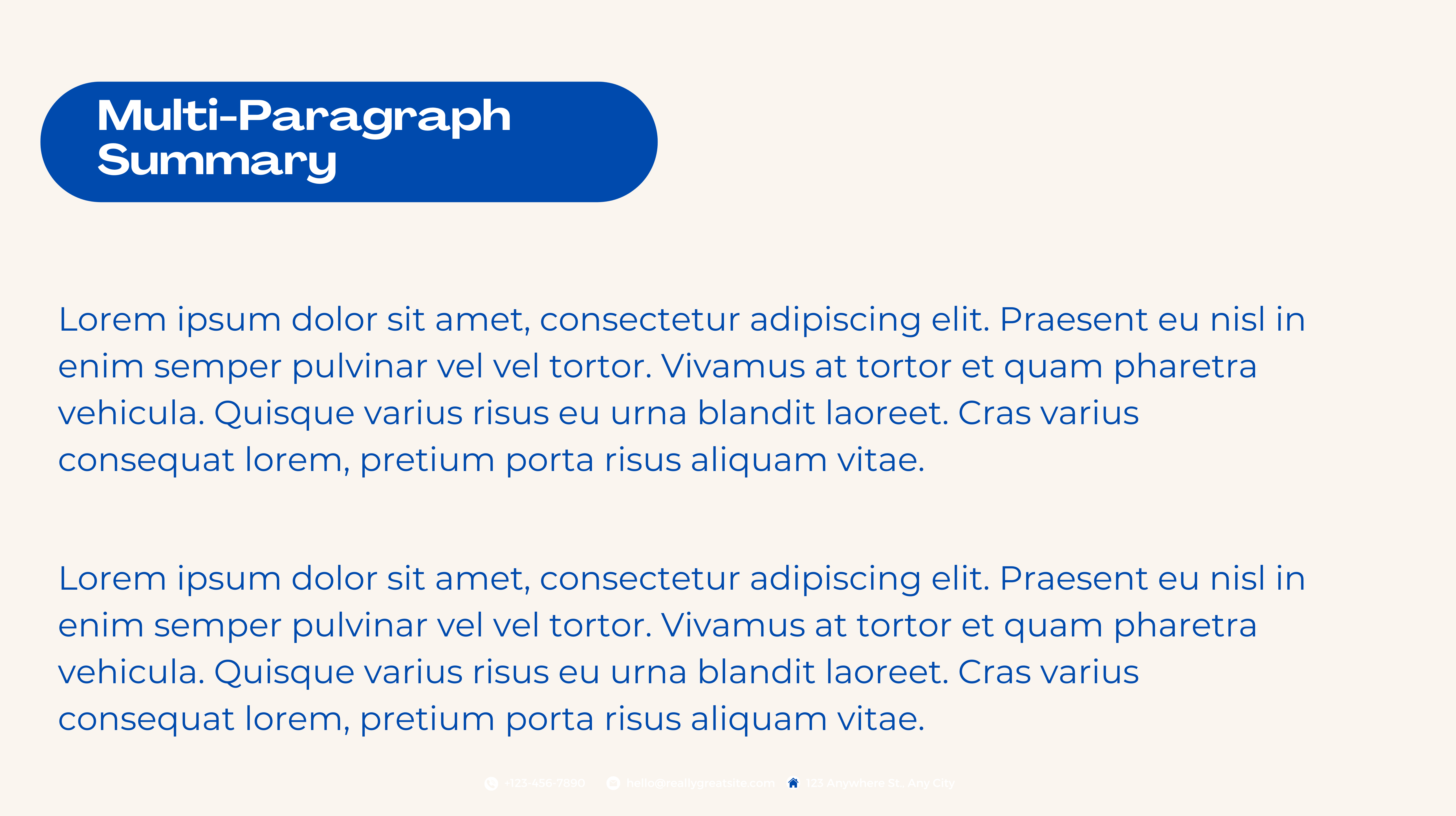
Source: notta.ai
These spot differences and similarities, seeing if the topic compares between different factors, themes, opinions. They compare or contrast viewpoints. Finding the differences between two distinct arguments or comparing and contrasting specific arguments about two separate ideas or themes.
- How are the different viewpoints presented? Highlight comparisons and distinctions in different perspectives and concepts expressed.
- What are the pros and cons from different authors or perspectives given about a topic? Critically assess if those viewpoints add further clarity to the issue, as it pertains to an objective view.
- How do ideas presented here overlap or contrast to already available concepts in the broader context of discourse? Compare or contrast existing elements (and aspects) with the ones raised in the current text or topic!
Analytical Questions
Analyze an article’s construction and writing. Analytical questions look for hidden structures, patterns, arguments.
- How is the argument structured? Break down an article by paragraphs, points, ideas, to analyze its logical progression. What key organizational strategies does the author utilize? Does this strategy offer support and insights, in its intended effect on readers? How effective is that presentation?
Finding the Main Idea
The primary message the article is trying to communicate is one central topic. In this area, using analysis-based techniques helps find the author’s true intentions, to analyze how information given contributes to the author’s main ideas.
- Summarize the article’s essential point in just a couple of lines. Express a topic’s major thrust, summarizing the argument(s), conclusions (the summary should highlight core elements!).
Identifying Key Supporting Points
Important secondary points that back up the main message, making it stronger and more thorough. Analyzing an article to evaluate important elements from an author’s perspective on a topic is vital to comprehending.
- What details help support the central idea of the argument?
- Highlight those supporting elements, which reinforce the article’s main arguments! Evaluate the strength of evidence provided by support points for any core idea that is raised or referenced.
- Analyze those arguments from the authors standpoint and whether it can be proven objectively!
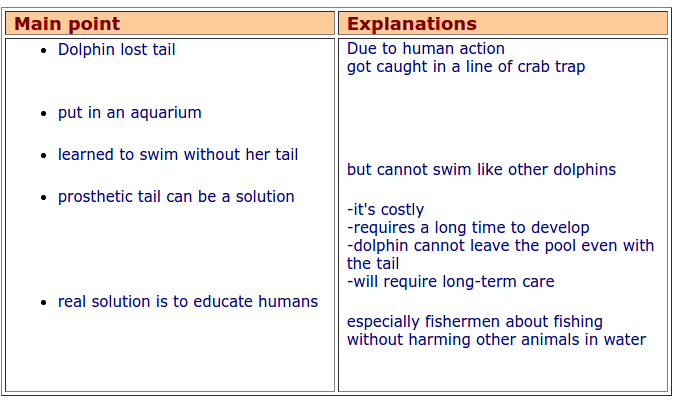
Source: summarizing.biz
Determining the Author’s Purpose
Authors write for specific goals. The primary intentions to analyze how the author is persuading their audience or providing critical information or discussion of the elements being explored.
- What might be the author’s objectives, reasons or main ideas of presenting a discussion or opinions from different standpoints in support of their case (if any)?
- How does the style, or arguments used, affect reader response or impact in their conclusion or thoughts about the discussed idea/issue or topic? Critically analyzing such purpose will highlight aspects supporting an idea from several angles, depending on perspective. The intention is very likely influencing different target audience views.
7 Ways to Find Key Points in an Article
Finding the core of an article is crucial. Skimming is not enough; we need to truly grasp the gist. This detailed approach goes beyond just reading; it dives in. Here’s how to dissect any piece for key insights:
1. Start with the Title and Headings
Titles are like signposts. They quickly introduce the main idea of the article. Headings break it down further, showing organized sections, which indicate significant points. This immediate overview lays the foundation for deeper exploration.
Identify the subject from both! These often give strong clues to understanding the piece’s target, providing context for upcoming points.
2. Focus on the Introduction and Conclusion
Introductions often set the stage, explaining the article’s goal. The conclusion, summarizing findings or takeaways, gives an immediate glimpse of crucial outcomes. Compare these two portions, they should connect, outlining the writer’s intentions clearly. This allows the reader to quickly capture the main points and see connections that form a solid understanding of the entire topic.
3. Ask the 5 W’s and H
What is the topic’s essence? Who wrote this? Where are the major details? When and why? Understanding the core facts about the subject will illuminate supporting elements and build strong interpretations. This technique provides critical grounding and focus to gain deeper insight from the provided text.
4. Identify the Author’s Thesis

Source: amazonaws.com
Every piece usually has an underlying viewpoint. What is the author’s central argument? Their overall conclusion can guide their detailed discussion of events, topics, concepts or conclusions, all working toward establishing a point and meaning. Pinpoint the central point — the driving reason for writing— and understand its place within the argumentation.
5. Note Supporting Arguments and Evidence
Evidence underpins conclusions. Spot supporting arguments. What proof do the authors give for their points? Numbers, research studies, statistics, or anecdotal support – notice their presentation strategy to fully grasp its underlying perspective. Pay close attention; these examples should strongly validate any presented point and guide you into a deeper understanding of their conclusions.
6. Look for Keywords and Phrases
Recurring terms within a piece frequently highlight its significant topics. Repeated terms show central ideas being used consistently by the author, thus, pinpointing the focal topic of any given piece, making identification and interpretation more effortless and understandable.
7. Summarize in Your Own Words
Finally, convert core elements into simple language. This clarifies comprehension. Try describing main findings and conclusions using only the critical terms to reveal core principles of understanding; then, rewrite this with clear expressions from a different standpoint. Reframing and understanding points in this way lets you accurately capture core concepts. This clarifies the writing and assures you comprehend core points correctly.
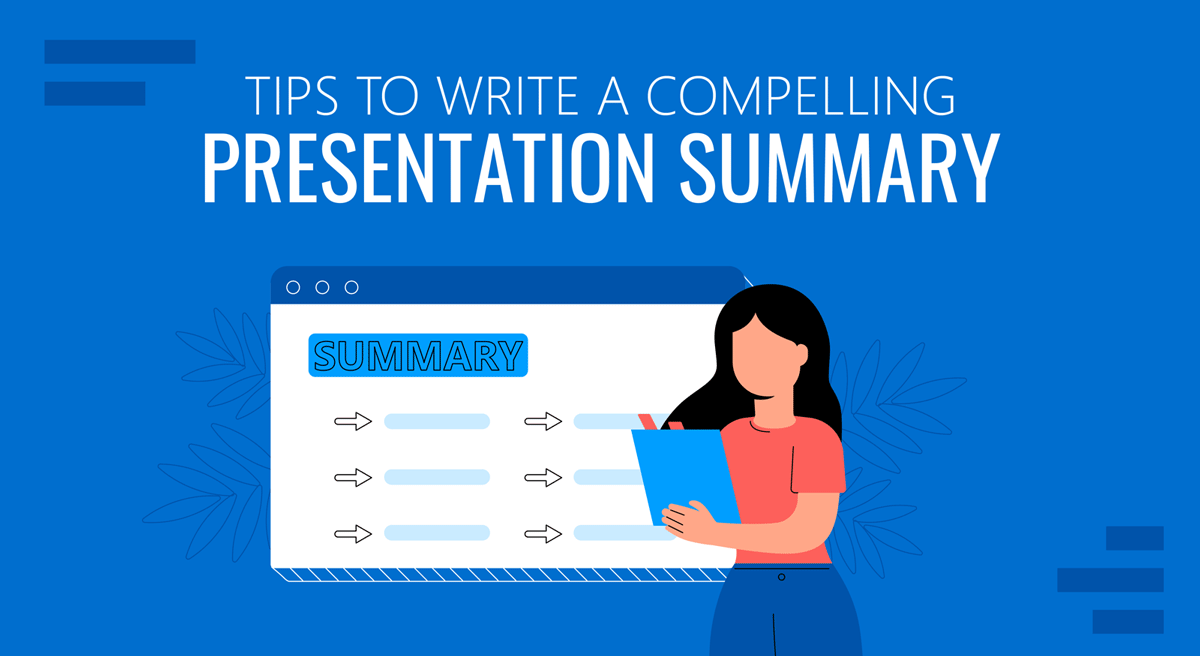
Source: slidemodel.com
5 Types of Questions for Effective Summaries
Understanding texts thoroughly is key to creating effective summaries. Asking specific questions is crucial for success. Here are 5 approaches to create accurate summaries.
1. The Big Picture Question
The most significant point is generally presented in the beginning or end. Trying to pinpoint the central message. Identifying this “big picture” assists in organizing the rest of the content. What is the overall theme? This often establishes context. A general sense of direction. What is the key issue/idea addressed? Finding the overall intention allows a better understanding.
2. Key Detail Questions
Get specific details to understand how these details support the big picture idea. Listing out pertinent information. Dig into vital supporting details, including numbers, names, times, events, locations. Specific instances within. What specific examples were used? What evidence supports this claim?
3. Reading Between the Lines
Figuring out the author’s hints is essential. Try looking for unsaid information or implications. Consider author intentions. Identifying subtext. Understanding unsaid assumptions, is it directly stated? How can you show how these things influence the rest of the story? Look closely at potential hidden meanings in passages; this adds a layered level of depth to your understanding. This level adds depth of the overall article’s message.
4. Is This Source Trustworthy?
Critically assess the source of information. Evaluate its credibility by examining the author, date, publisher. This checks to see if the data is reliable. How credible are claims presented? Checking background information and data for bias. Understanding possible motives and limitations helps identify reliable information. Determining if sources align is needed, this gives accuracy in the summarized idea. Do facts, data presented, agree with other sources or have other people validated?
5. Comparing and Contrasting
Comparing differing parts of the work is crucial for analyzing connections. Identify opposing arguments or various viewpoints. Contrast perspectives to understand how things work in the information. Different aspects of an issue can sometimes prove how reliable things are. Understanding similar viewpoints shows agreement or connection. Find similarities and differences among ideas to strengthen an accurate picture of the whole content. Consider opposing arguments to look for contradictions; these reveal depth. Analyze similar information, what aspects, similar to ideas are used, this will clarify and define themes throughout the summarized section. By pinpointing shared attributes and contrasting them to better understand, you can summarize in a thorough way.
Understanding the Author’s Intent: Key Questions
Unveiling an author’s intent is crucial for a proper comprehension. It’s like deciphering a secret code. We must dig deep into the text, not just read the words, but see what the author truly wants to tell us. Key questions guide us. First, what’s the main argument? Second, how does the author support this argument? This investigation helps expose underlying perspectives and biases. What exactly is the author’s position on the issue, and does it seem fair-minded, or is a slanted viewpoint visible?
Is the argument logical and supported by reliable facts? Assessing credibility involves critical thinking, noting the possible influence of outside sources and circumstances. Are any hidden viewpoints possibly coloring the presentation? Considering possible biases, like financial interests or affiliations, gives you a broader perspective. Lastly, understand the implications of the author’s statements on broader aspects, such as the real world, a wider area or on human conditions. How does this argument fit or contradict other views we know already?
Identifying the Central Argument
The core of any piece of writing lies in its main assertion. What’s the fundamental point the author is trying to convey? Is the focus primarily on arguing one aspect or explaining one thing or describing it, this should all reveal intent and point? Look at how many ways they attempt to convince readers of this point. What they use to build this up.
Is it directly stated or implied through examples and supporting evidence? Pinpointing the author’s central argument requires active reading, digging for hidden ideas. Often, the argument is summarized into one, short sentence. Note details and how different topics relate to the argument to support your position. The central argument is not always explicitly mentioned but always lies at the heart of the whole work.
Understanding Supporting Evidence
Understanding an author’s reasoning goes hand in hand with investigating the evidence they use. How do supporting details like anecdotes or facts tie into the main argument? Evaluating evidence for credibility and persuasiveness will show strengths and weaknesses of their message and intentions. Analyzing evidence can reveal a writer’s methods – Are they using logical arguments, appeals to emotion or different points to drive home the point, are these tactics relevant, or just manipulation?
Are claims backed by reputable studies and sources? Evaluating sources can uncover an author’s integrity. Think critically. A thoughtful assessment helps to form an informed opinion of the validity of the text and helps assess the intentions.
Analyzing the Author’s Perspective
Authors rarely are impartial. Understanding an author’s background, experiences, and motivations brings their intentions into focus. How these personal facts help create their view is important, along with if and how other viewpoints were omitted or not highlighted enough? An analysis reveals more nuances in the message than merely focusing on the writing. A careful observer can often feel how strongly an author has particular ideas.
Identify their possible assumptions and what influences them. Analyzing perspective helps understand their purpose in writing, going beyond superficial analysis.
Recognizing Potential Biases
Be wary. Authors’ perspectives often inject hidden viewpoints, biases. Identifying possible prejudices gives insights into hidden agendas. What influences could they possibly have from certain positions or backgrounds that they might not even consciously know influence their conclusions and opinions? This scrutiny helps make sound judgements by analyzing motives. Consider whether external factors are shaping the writing and reveal any potential prejudices or perspectives that might cause the readers to mistrust certain information, viewpoints.
What motivations may sway their choices? What is important for them? Evaluating hidden viewpoints exposes possible influences shaping writing choices. Spotting those gives depth in interpreting content by critically viewing hidden points. A critical and sharp view brings hidden assumptions out and is paramount in today’s fast-moving, connected environment.
Evaluating the Article’s Credibility
Fact-checking strengthens understanding and helps gauge whether sources and reasoning make sense and are correct. Determine credibility; how well reasoned the piece is, the types of language or terminology, use of style, use of sources, is the style used an honest method of conveying information or potentially is there some influence of biases of other entities?
Check if supporting details and cited resources are reliable and align with existing information or are properly analyzed, and have the needed validity. Determining this is not trivial.
Interpreting the Article’s Implications
Assessing an article’s implications gives us the overall scope of the impact or effect. How the information in the article may effect the real-world problems. Authors have various motivations for delivering specific types of viewpoints or messages. What kind of conclusions can be made about the writer’s intentions, based on analysis of implication?
Examine consequences of stated opinions; considering whether those are appropriate, considering consequences and reactions to said views, given specific information and understanding. An educated observer can often get good, realistic impressions.
Relating to Other Sources
Comparing this article to other viewpoints or perspectives offers a wider understanding and different analysis approaches and strategies.
Scrutinize contrasting arguments to gain diverse viewpoints. Analyzing multiple viewpoints, using a similar method of close scrutiny helps one understand broader influences affecting content and reasoning. Analyzing a piece from various viewpoints or using different analyses can allow someone to discern subtle meanings and hidden influences or motivations.
How to Summarize Articles Like a Pro
Summarizing articles is not just about cramming details. It’s about capturing the essence—the core message, the crucial arguments, the important points. Think of it as distilling a whole ocean into a single sip. You need the right approach, some skill, and a bit of strategy.
Start by pinpointing the author’s core argument or main idea. This is often stated directly. Read it several times to understand and digest it better. Then, break the article into sections, highlighting essential information from each. This methodical approach ensures no important piece gets lost.
Key details are like tiny building blocks. Highlight specific data or figures; often they help support the main ideas. Note shifts in viewpoint, new supporting points introduced or where it turns on new information and why, this helps understand how the author connects them all.
Ask yourself critical questions as you go. For example, why are the facts important, how strong is the proof the author uses, what’s their background, how important is this work/conclusion for its time/audience/target? Don’t just absorb, analyze the author’s perspective. Look beyond stated facts and draw logical conclusions. Are arguments and facts solid or potentially weak, are assumptions obvious or hard to check, evaluate any weaknesses, like hidden bias?
Keep in mind that each point helps the author reach a specific purpose. So, look for these things to determine why something matters, and that adds value when summarizing. Evaluate evidence with a critical eye—is it reliable and relevant? The conclusion might be the most important and might come early on, which will give you quick guidance, while summaries should aim to deliver everything the author needs to share.
Understanding Different Question Types
Good summaries start with the why behind the details. A simple technique is asking questions—questions that help expose layers in the text beyond mere descriptions. These can uncover important parts of how the main idea connects everything, providing support.
General and Specific Questioning: Start by broad queries (“What’s the article about?”) and gradually move to specific details (“What supporting examples are presented?”). The interplay of both helps capture details of the main purpose without unnecessary rambling or over details.
Inferential and Evaluative Approaches: This involves understanding and reading between the lines of what the writer or author implies and determining its strengths and weaknesses. Try questioning why facts, data, or even statements are provided, rather than passively reading and absorbing them. Infer how the writer intends the piece to influence readers. Be cautious when judging, and evaluate how sound conclusions/outcomes appear to be based on supplied information or evidence and make comparisons if possible.
Comparative Analysis Techniques: Comparing the article to others or to other ways to express/say/present information (a study for example) provides critical perspective. A summary becomes richer if placed in a broader context, helping you present why it is crucial. Ask if anything can connect with or contradicts other works. Compare this article’s structure, supporting data/arguments to others you know about, helping with a holistic approach rather than one confined to a single paper.
Applying Analytical Strategies:
- Summarize the argument’s progression: Understand each part of how the author constructs an argument, where/how ideas are introduced, strengthened and summarized and why the information has importance to that field (according to source you use).
- Find the central premise: Discover what is important enough that the author wants readers to remember about it; identify reasons why this information and why it’s important. This should often highlight the most valuable takeaway information from this source and give context to why and how important it might be in specific field or aspect (according to a source).
Pulling It All Together for the Perfect Summary
Write in a balanced, clear style to create summaries. Summaries aren’t about rehashing; instead, condense details with strong, active language for clear communication. Present the major conclusions and arguments of the text, use evidence in your summary—this demonstrates to the reader that you understood important aspects the writer provided; use numbers (quantities/ percentages etc) wherever appropriate to highlight essential data. Your concise presentation helps to capture a significant idea quickly, not lose importance of each part, instead deliver details and key conclusions in the right way. Follow logical sequences, connect sentences/phrases to maintain logical flow to create cohesive flow between details or points or topics to create a summary. Your presentation of ideas helps create well structured summaries rather than a rambling story and avoid repeating irrelevant things to create better comprehension.
Mastering Article Summaries: Beyond the Basics
Summarizing articles is more than just shortening them. It’s about grasping the core message and presenting it clearly. It demands more than just identifying the main idea; a deeper level of analysis is necessary for truly impactful summaries.
Different Stages of Article Summaries:
- Initial Grasp: First, understand the overall theme and key points. You want to get a solid foundational comprehension before jumping in.
- Crucial Insights: Seek underlying meanings and connections within the text. Go beyond what is explicitly stated. This stage requires significant analysis.
- Summarization and Evaluation: Present the material concisely and accurately. Use your analysis to highlight vital information.
- Contextual Awareness: Establish the relationship of the article’s message to surrounding knowledge and ideas. Your background knowledge significantly affects the depth of the summary.
- Critical Analysis: Evaluate the accuracy and quality of the information. Analyze if the points align with expectations, supporting evidence and arguments’ validity.
Moving from Basic to Advanced Summarization
Moving past simply restating ideas to crafting sophisticated summaries needs a particular kind of skill. One has to dive deeper than just noting important elements of the text.
Shifting From Basics:
- Basic Summary: Finding the most critical ideas presented.
- Advanced Summary: Critically assessing and understanding the implications and reasoning behind each statement within the article.
Improving Skill Set:
- Develop Analytical Approach: Dive deeper than the literal content, looking at author intent. Consider cause-and-effect relationships. Analyze what the information is suggesting overall, its message.
- Critical Reading Habits: Carefully examine evidence, support for claims, and underlying arguments. Ask critical questions that might expose biases or weaknesses within the argument.
Key Components for Progression:
- Active Reading Strategies: Look for relationships among concepts in an article. Look for contradictions or new approaches.
- Note-Taking Techniques: This is important to create notes reflecting important insights that emerge after detailed examination of the provided text. Effective note-taking during active reading will accelerate summarizing skill and content understanding.
The Role of Different Questioning Techniques
Effective questioning is vital to successful summarizing. These questioning strategies act as catalysts, steering the comprehension process.
Different Levels of Questions:
- Basic Understanding Questions: What’s the main idea?
- Deep Insight Questions: Why did the author take this position? How are these ideas related? How can they be further examined?
- Critical Analysis Questions: Are the claims supported? What are the author’s possible biases?
How Questioning Shapes Summarization:
Properly constructed questioning reveals core concepts in articles, allowing a summarized report of that content to capture and transmit essence well.
Profound insights into the article material help organize the summary of those details well.
Refining Your Analytical Skills
Analysis is essential in transforming a basic summary into an insightful one. It isn’t just about outlining, but interpreting patterns in a more advanced manner.
Strengthening Your Analytic Ability
- Identifying Patterns: How do different elements repeat in the text, indicating specific topics, or potential underlying agendas, to mention a few?
- Understanding Connections: What relationships, such as comparisons or causal connections, emerge between statements and paragraphs? What patterns exist in the text?
Implications for Summaries
Enhanced understanding and insightful summary through critical analysis that delves beneath the surface will present itself with proper practice.
Sharpening Your Critical Thinking Abilities
Critical thinking equips you to effectively scrutinize information, leading to more powerful summaries.
Elements of Critical Thinking:
- Identify and analyze the main arguments of an author and their components. Do the evidence supporting those main claims match what they intended to prove?
- Identifying Weaknesses & Gaps: Where are the shortcomings, unproven areas in an argument, if there are any? Could supporting evidence have more effective forms, methods, or supporting material?
Improving Critical Thinking and Summization Skill
Actively evaluating sources with these principles, questioning claims thoroughly, builds strength of summarization abilities considerably, significantly.
Developing Advanced Reading Comprehension
Skilled comprehension underpins advanced summarization. This process goes further than the basic reading levels.
Components of Comprehension:
- Pre-reading and Active Engagement: Actively understanding the expectations for the article from its subject or background; what is being said.
- Multi-Dimensional Perspective: Look for implied details rather than only literal ones, understanding the author’s likely audience, objectives and underlying message(s), purpose in creating the text.
- Detailed Observation & Extraction: Pay attention to textual hints (word choices, metaphors, structure), evidence to understand an author’s view(s) on particular details presented. Extract details and assess what they mean, noting particular details to include.
- Active Reading Process: Don’t simply read; take active notes and ask insightful questions, seeking to deepen knowledge through multiple engagements with texts.
